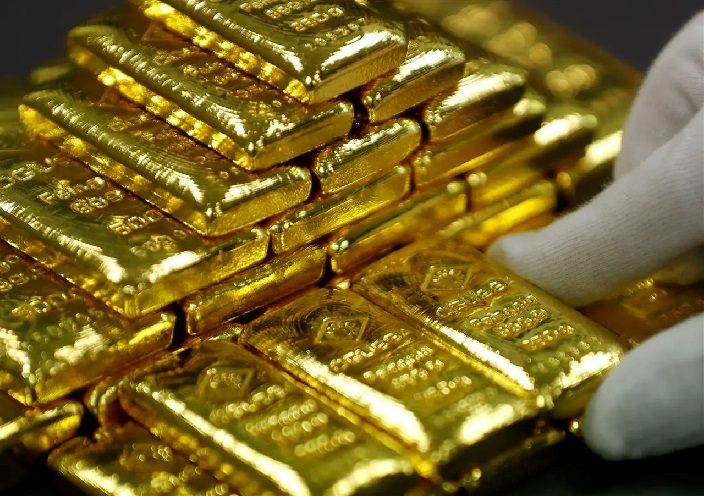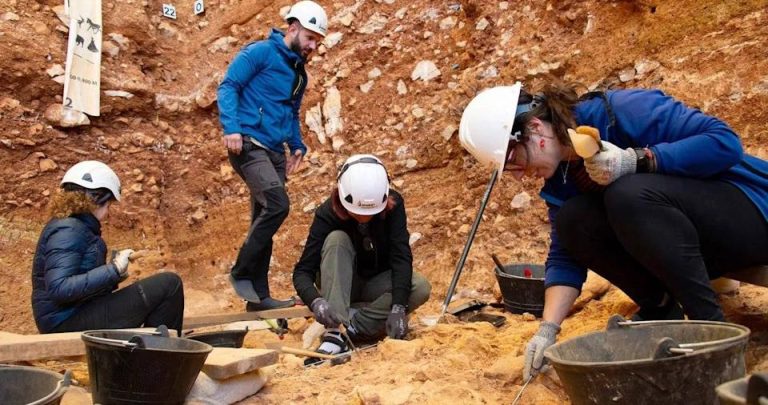
According to a report by Reference News, citing the website of the Financial Times, a US fusion energy startup claims to have cracked the “alchemy” – finding a way to turn other metals into gold.
In an academic paper published last week, Marathon Fusion proposed that neutrons released in nuclear fusion reactions can generate gold through a process called nuclear transmutation.
The paper has not yet been peer-reviewed, but has received positive reviews from some experts in the field. After reading the research report, Dr. Ahmed Diallo, a plasma physicist at the U.S. Department of Energy’s Princeton National Laboratory, said: “In theory, it looks great, and everyone I have talked to so far is curious and excited.”
Marathon Fusion was founded in 2023 by CEO Kyle Schiller and CTO Adam Rutkowski, both 30 years old. As an engineering company, it seeks to solve some of the technical challenges of building nuclear fusion power plants.
The startup, which has 12 full-time employees, has so far received $5.9 million in investment and about $4 million in U.S. government grants. Initially, the team worked on challenges such as how to make the fuel-burning system of a fusion power plant more efficient, Rutkowski said, and earlier this year began considering the possibility of nuclear transmutation.
Scientists have previously synthesized gold using particle accelerators, but in small quantities and at great cost. Earlier this year, physicists at CERN said they had observed lead atoms transforming into gold in high-speed, close collisions inside the Large Hadron Collider.
The most common way to experiment with nuclear fusion uses a device called a tokamak to heat two isotopes of hydrogen — usually deuterium and tritium — to extreme temperatures so that they fuse to produce helium and lots of energy in the form of neutrons.
Most plans for potential nuclear fusion power plants seek to combine some of the neutrons with lithium isotopes in a “breeder blanket” to create more tritium for future reactions.
Marathon Fusion’s proposal is to introduce the mercury isotope Hg-198 into the breeder blanket and use high-energy neutrons to convert it into Hg-197.
Mercury-197 is an unstable isotope that decays into gold-197, the only stable isotope of gold, in about 64 hours.
Rutkowski and Schiller say this means that a future fusion power plant using this method could produce 5,000 kilograms of gold per year for every gigawatt of power generated, without reducing power generation or tritium breeding efficiency. They estimate that at current prices, the value of the gold would be roughly equivalent to the power generated, potentially doubling the plant’s revenue.
“The key insight here is that you can use this fast neutron reaction system to make a lot of gold while meeting the system’s fuel cycle requirements,” said Rutkowski, who previously worked at Space Exploration Technologies Corporation.
Is it really possible to do both?
Of course, there are still problems to be solved. One problem is radioactivity, which Rutkowski estimates may mean that the gold must be stored for 14 to 18 years before it can be labeled completely safe.
Dan Brunner, former chief technology officer of Commonwealth Fusion Systems and now a scientific advisor to Marathon Fusion, said: “From a purely scientific point of view, this all seems to make sense. I think the real challenge is how to design it into a practical system.”
Currently, about 3,500 tons of gold are mined each year. This method can also be used to make other precious metals.







